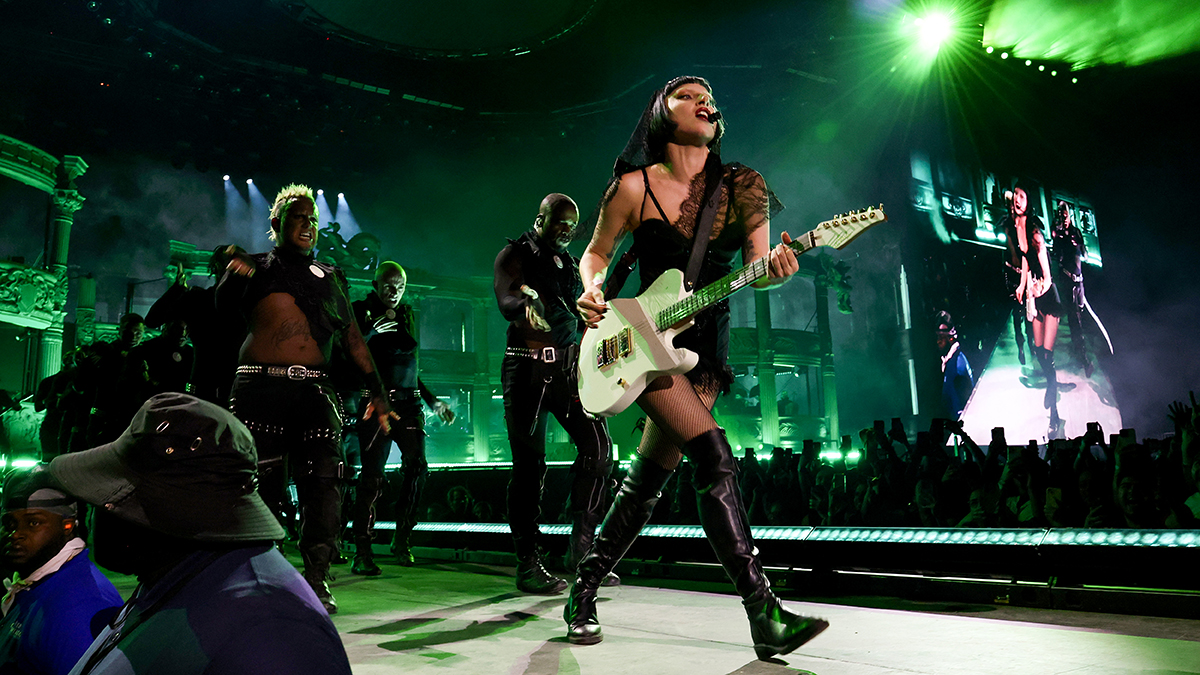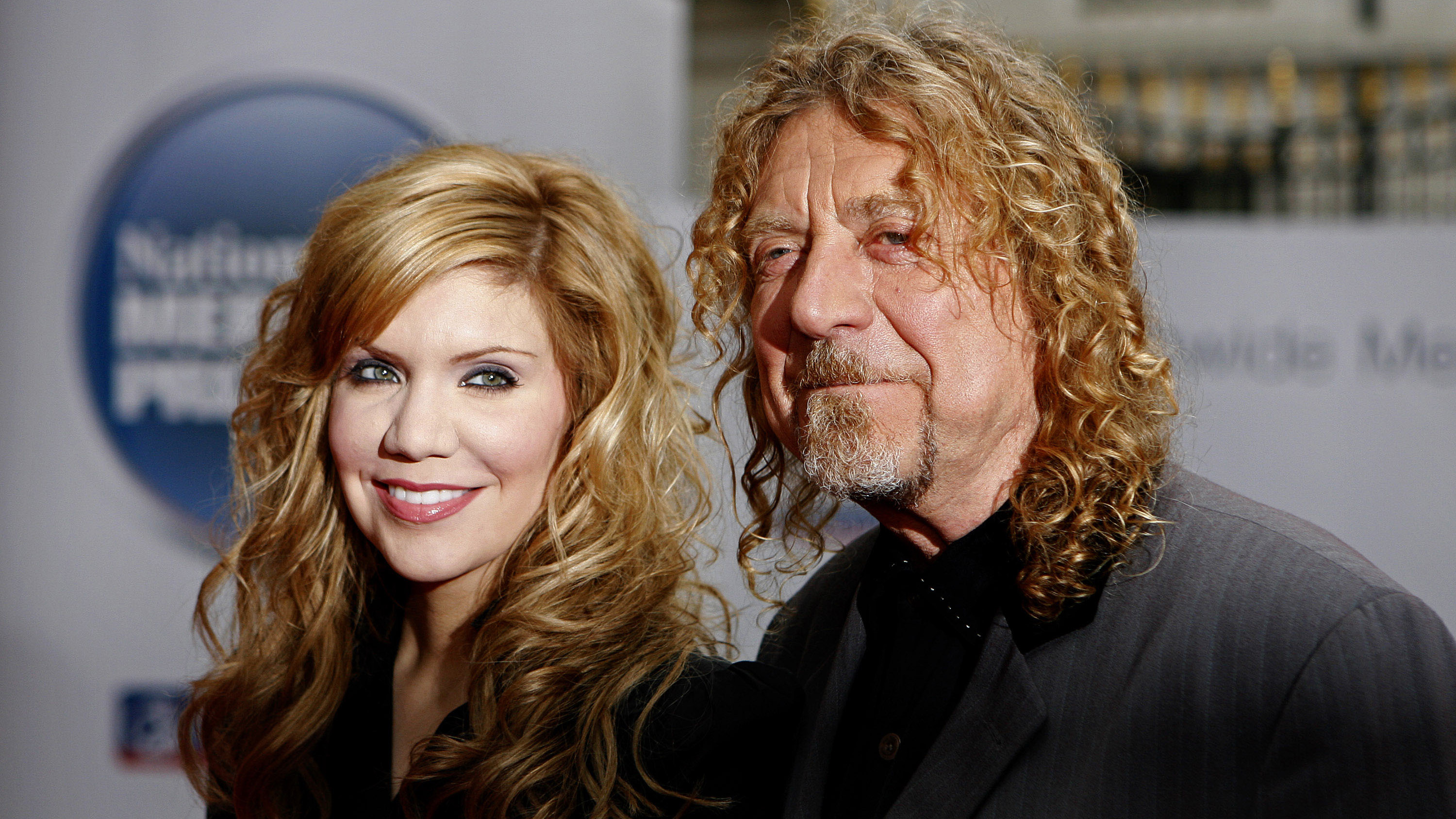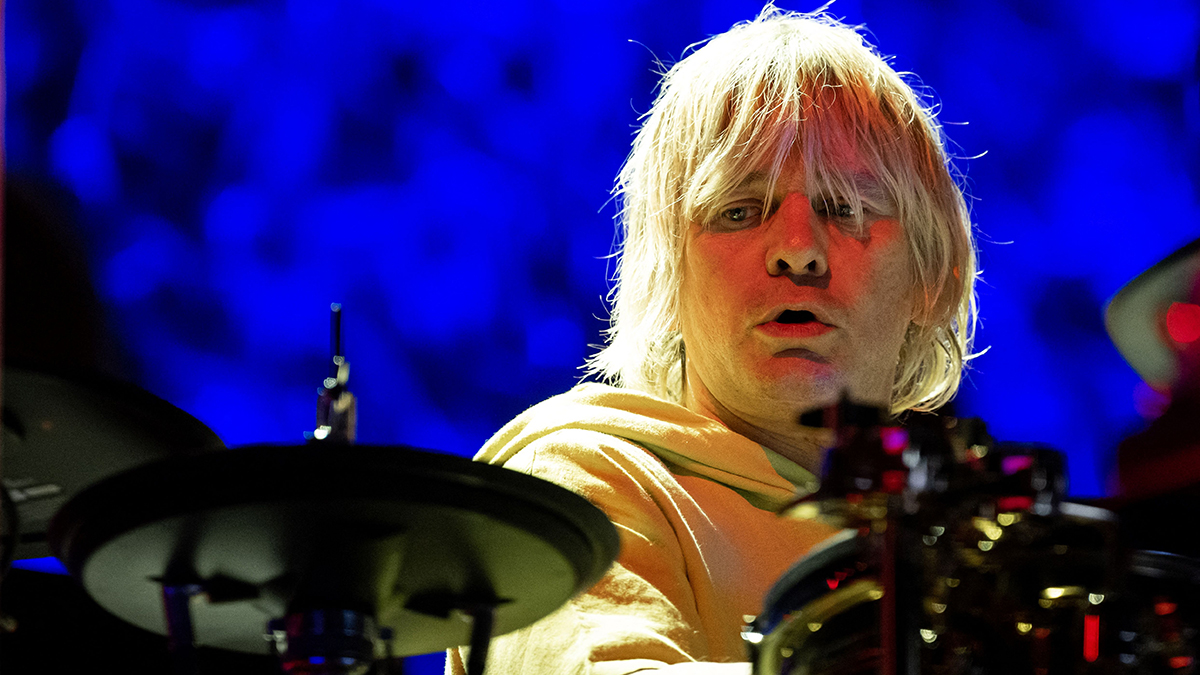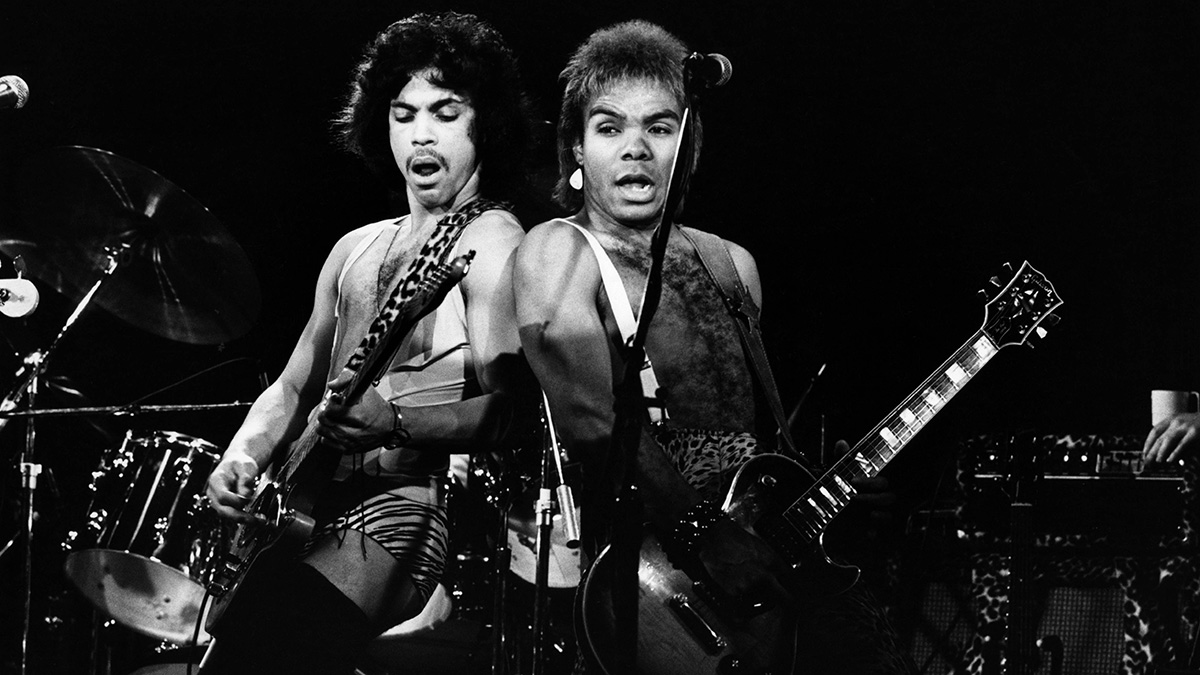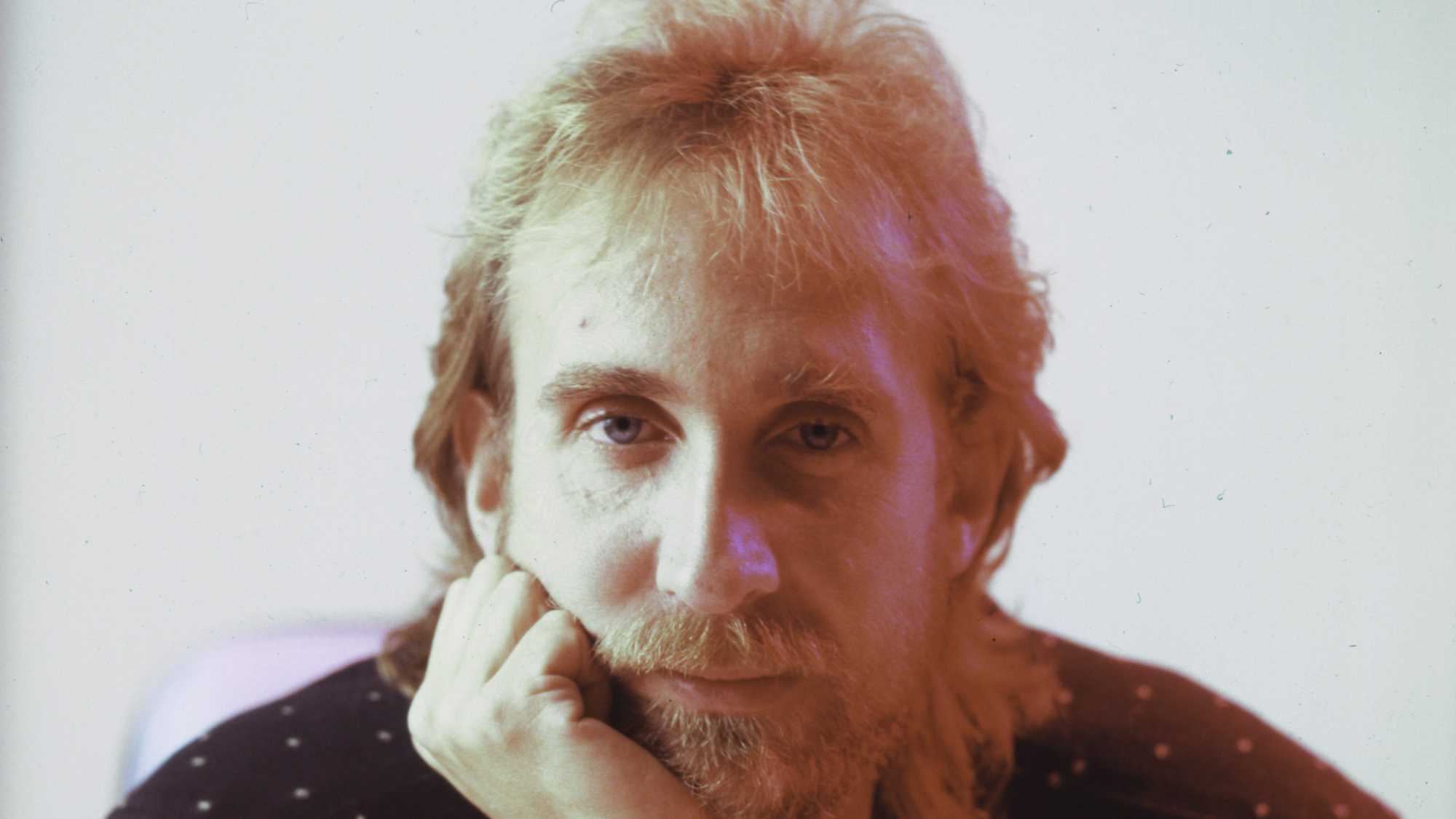“For guitarists who crave an unrelenting, aggressive tone that stands out in any mix”: The Fortin Meshuggah head is the amp every metal player wants – now you can get its crushing tones in a pedal
Designed by Mike Fortin, US-made, featuring an active 3-band EQ and noise gate, the Meshuggah preamp/distortion pedal could be the gain monster you need to destroy, erase, improve your tone
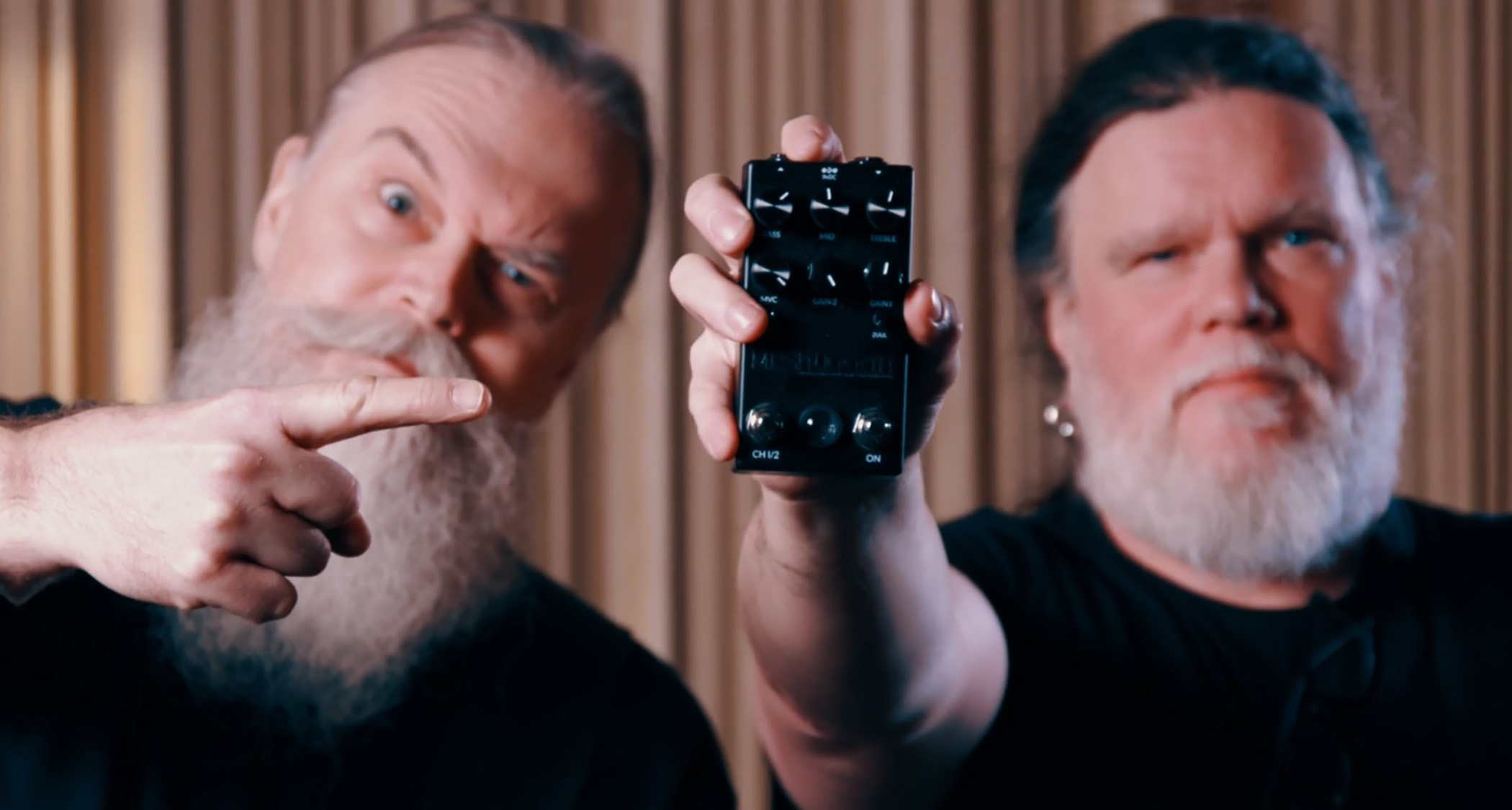
Fortin Amps has unveiled a preamp/distortion pedal that puts Meshuggah’s venue-levelling high-gain electric guitar tones into a compact stompbox.
Designed by Mike Fortin, this signature pedal is based on one of the most legendary and hard to find guitar amps of all time.
There is no hard data on this but, anecdotally, you speak to metal guitar players and invariably there is one amp that comes up time and time again as their holy grail tube amp, and that’s the Fortin Meshuggah head.
Only the other week, Lee Malia from Bring Me The Horizon told us he wanted one. Scott LePage from Polyphia has one. When MusicRadar spoke to him in 2022 he couldn’t contain himself that he had found this Plexi with the nuclear option. “I just run it through and Orange cab, and it just sounds as smooth as shit,” he said. “I cannot believe it. I just wanted to show you it. It’s gnarly.”
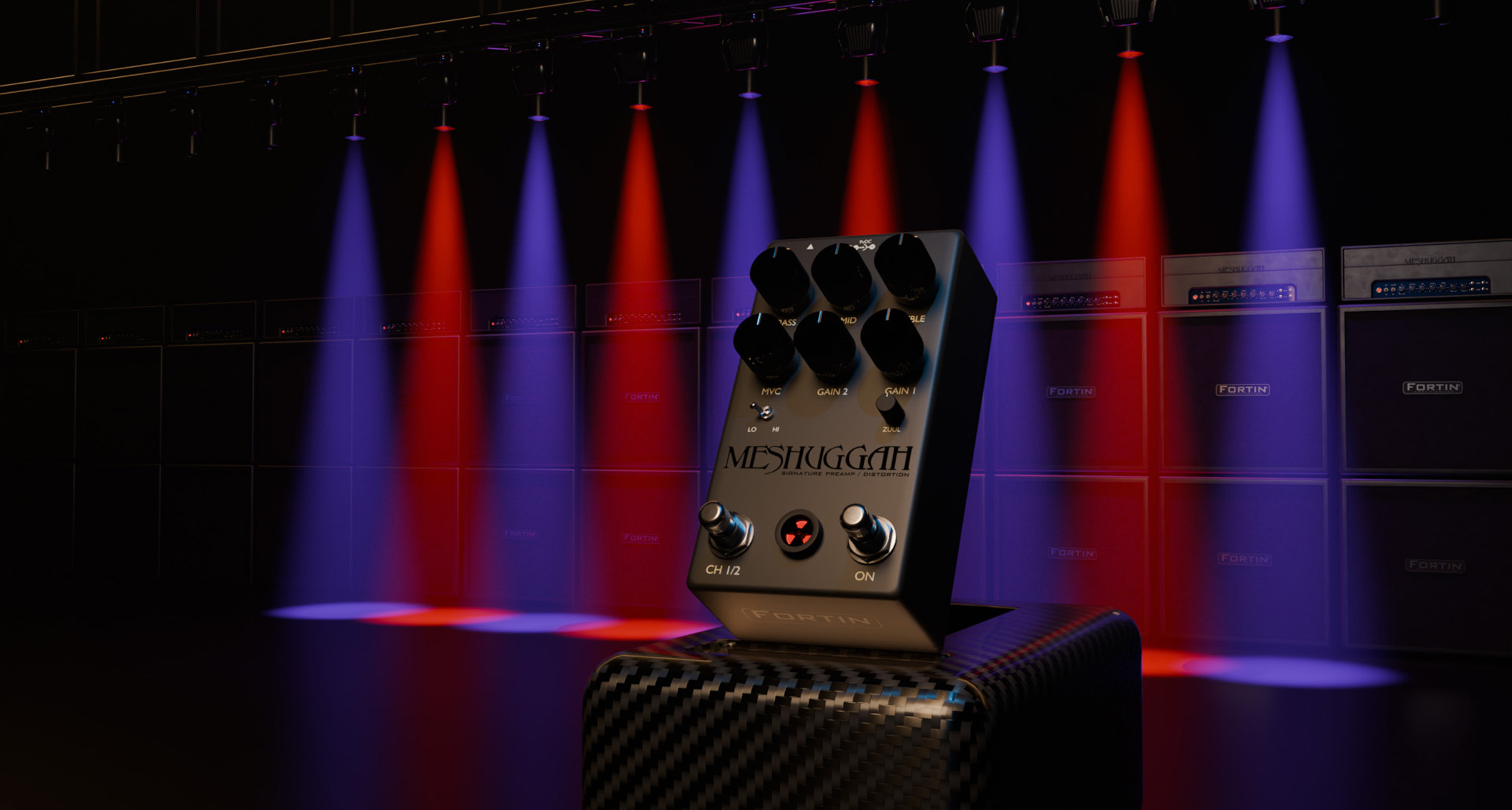
LePage is one of the lucky few. Everyone else has to scour the internet, looking for one of these 50-watt single-channel fire-breathers secondhand. Fortin designed the Meshuggah signature amp in 2016. It was to be the one amp for all eras of Meshuggah tone, used by both Fredrick Thordendal and Mårten Hagström.
“They sound fucking terrific,” said Thordendal. “It’s been a long time since it’s been so much fun to just riff onstage, and these amps brought that back for me in a way I don’t think I’ve ever experienced – to the point that sometimes I just get lost in the riff and how powerful it feels.”
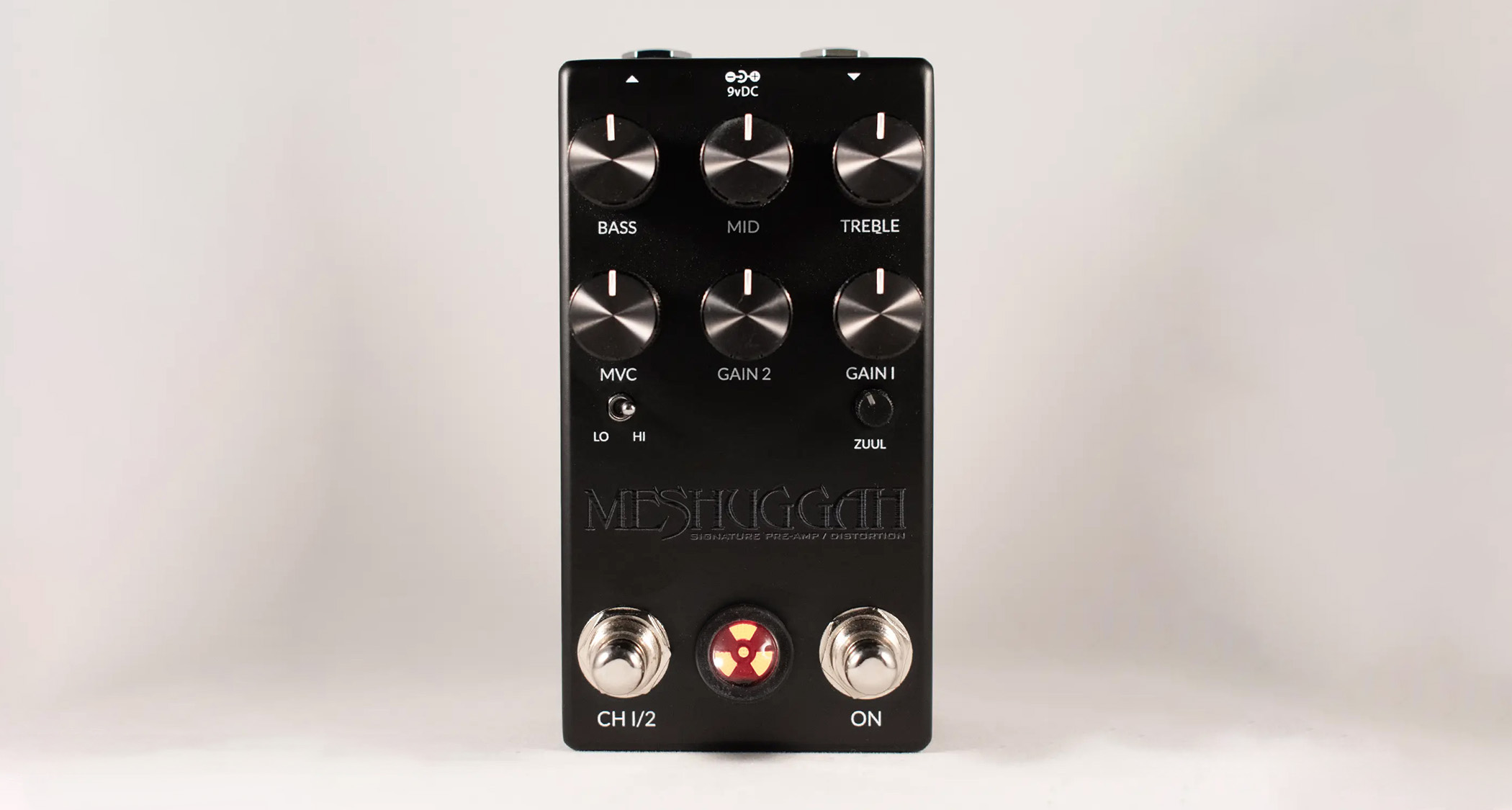

The pedal was designed to do the same kind of thing, albeit without the power tubes and so forth. Fortin says the tone and especially the feel are uncannily close. “If you are to run the Mesghuggah into the power section of a Meshuggah amp, or even into the IR section of the Neural DSP Nameless X suite, the tonal differences are extremely hard to hear,” says Fortin Amps in the FAQs.
Get the MusicRadar Newsletter
Want all the hottest music and gear news, reviews, deals, features and more, direct to your inbox? Sign up here.
Once again, Fortin designed this new pedal in close collaboration with Thordendal and Hagström. The pedal has an active 3-band EQ that can cut and boost frequencies accordingly.
It has two footswitchable channels, has Hi and Lo modes that work alongside the MVC (master volume control) dial to sculpt your gain, and a built-on Fortin Zuul noise gate to keep those rhythmically complex staccato riffs sounding super-tight and, well, brutal.
Select the Hi Gain mode for a more compressed, modern feel. Lo gives you an “open, raw vintage” feel. Fortin says the controls are designed to be interactive and exploration is key to discovering all its sweet spots.
The Meshuggah Preamp/Distortion is designed and made in the USA. Feed it 9V DC (minimum 106mA) from a pedalboard power supply and stand well back. It is priced $349 and is available now. See Fortin Amps for more details.
Jonathan Horsley has been writing about guitars and guitar culture since 2005, playing them since 1990, and regularly contributes to MusicRadar, Total Guitar and Guitar World. He uses Jazz III nylon picks, 10s during the week, 9s at the weekend, and shamefully still struggles with rhythm figure one of Van Halen’s Panama.
You must confirm your public display name before commenting
Please logout and then login again, you will then be prompted to enter your display name.
“We are so unencumbered and unbothered by these externally imposed rules or other people’s ideas for what music should be”: Blood Incantation on the making of Absolute Elsewhere and how “Data from Star Trek” saved the album – and the studio
“I feel like that song had everything we needed to come back with”: Bring Me The Horizon’s Lee Malia on Shadow Moses, its riff and the secrets behind its tone, and why it was the right anthem at the right time


